Magnetic Force
The magnetic force is a fundamental force that acts between magnets and magnetic materials. It is also responsible for the behavior of electric currents and the magnetic properties of materials. The magnetic force is one of the four fundamental forces of nature, along with gravity, the strong nuclear force, and the weak nuclear force.
Magnetic Fields
Magnetic fields are regions around a magnet where magnetic forces are experienced. The direction of the magnetic field is defined as the direction a small compass needle would point if placed in the field. The strength of the magnetic field is represented by the density of the field lines, with closer lines indicating a stronger field.
Magnetic Force on Moving Charges
When a charged particle moves through a magnetic field, it experiences a force perpendicular to both its velocity and the magnetic field. This force is known as the magnetic Lorentz force and is given by the equation F = qvBsinθ, where F is the force, q is the charge of the particle, v is its velocity, B is the magnetic field strength, and θ is the angle between the velocity and the magnetic field.
Magnetic Force on Current-Carrying Wires
When an electric current flows through a wire, it creates a magnetic field around the wire. This magnetic field interacts with external magnetic fields, resulting in a force on the wire. The magnitude and direction of the force can be determined using the right-hand rule.
Applications of Magnetic Force
Magnetic force has numerous practical applications, including the operation of electric motors, generators, MRI machines, and magnetic levitation systems. Understanding the principles of magnetic force is essential for various technological advancements and everyday devices.
Study Guide
- What is a magnetic field and how is its strength represented?
- Describe the magnetic force experienced by a charged particle moving through a magnetic field.
- Explain the interaction between the magnetic field and a current-carrying wire.
- Discuss the practical applications of magnetic force in technology and everyday life.
Understanding the concepts of magnetic force and its applications is crucial for various scientific and technological fields. Be sure to review the principles, equations, and applications of magnetic force to solidify your understanding of this fundamental force.
.◂Science Worksheets and Study Guides Seventh Grade. Protists and Fungi

 Worksheet/Answer key
Worksheet/Answer key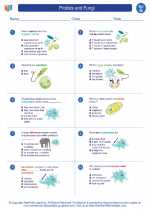
 Worksheet/Answer key
Worksheet/Answer key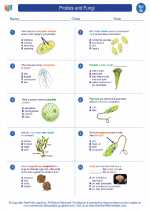
 Worksheet/Answer key
Worksheet/Answer key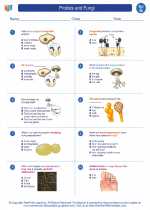
 Worksheet/Answer key
Worksheet/Answer key
 Vocabulary/Answer key
Vocabulary/Answer key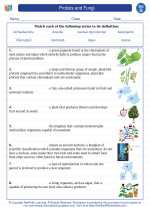
 Vocabulary/Answer key
Vocabulary/Answer key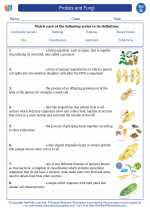
 Vocabulary/Answer key
Vocabulary/Answer key
 Vocabulary/Answer key
Vocabulary/Answer key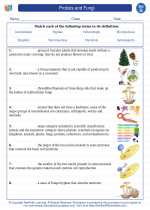
 Vocabulary/Answer key
Vocabulary/Answer key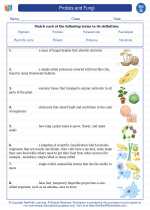
 Vocabulary/Answer key
Vocabulary/Answer key
